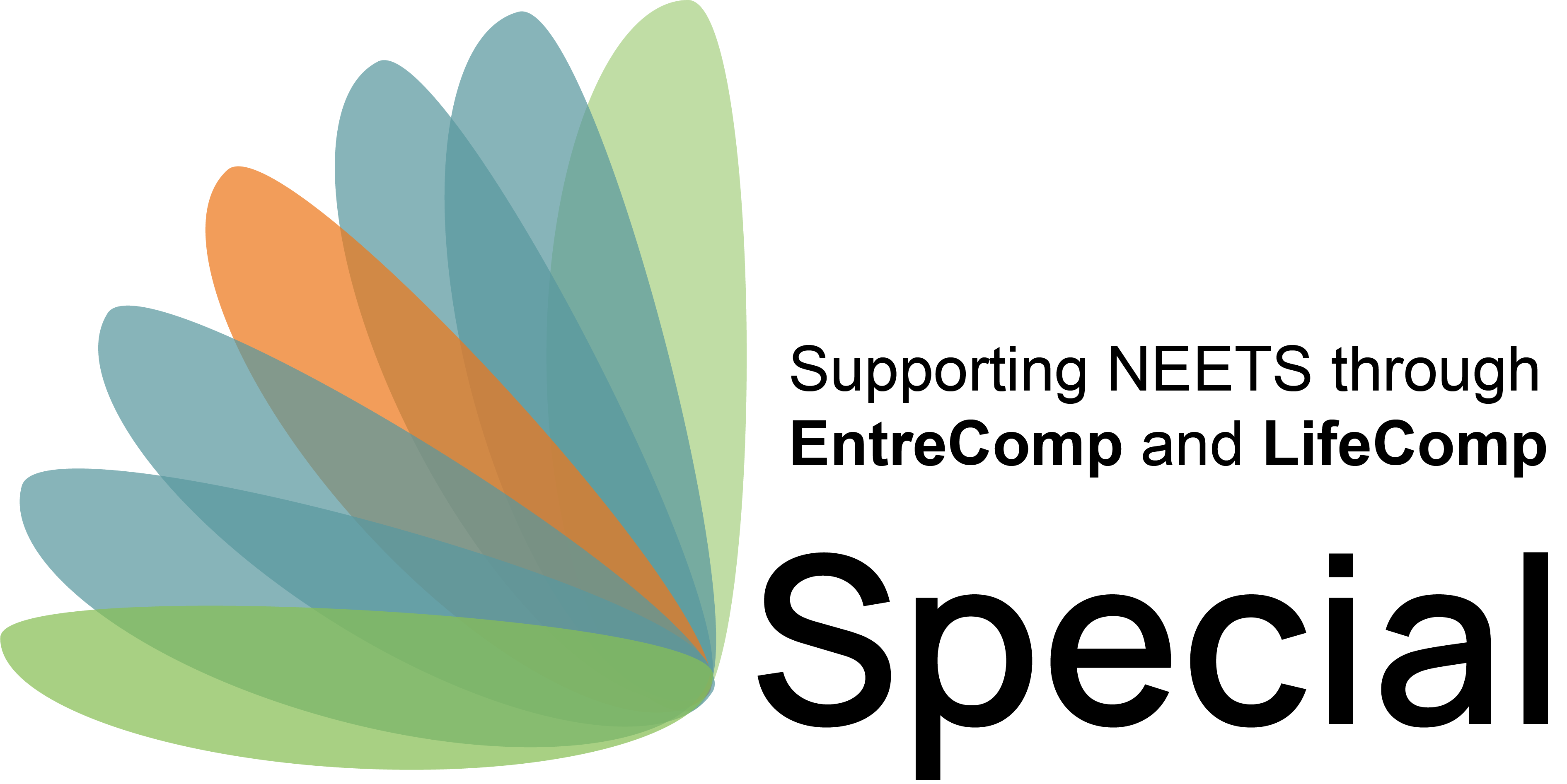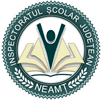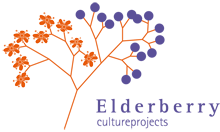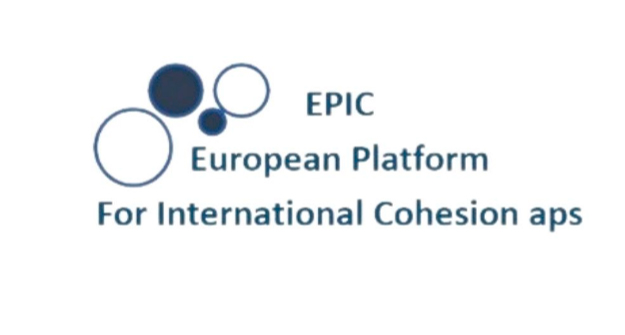Description
Surely in your daily life you use social networks, such as Twitter or Instagram, but, do you know exactly what a social network is? In this training you will learn about social networks, and you will be able to use them in your benefit in order to improve your employability. You will learn about the types of social networks that exist, which are the most widely used today, and the different uses they can have. You will also explore the hidden side of social networks and the risks you should avoid.
Test Yourself!

Related Glossary:
-
Blog:
It is a type of website where content is published periodically in the form of posts or articles, and which usually has a specific theme (fashion blogs, food, sport, travel, IT, etc.). It can be of a personal nature, or used as a digital tool for companies. -
E-commerce:
E-commerce is the buying and selling of products or services over the Internet, through e-commerce platforms, social media and other websites. -
HTTPS:
The HTTPS protocol (HyperText Transfer Protocol Secure) enables secure connection and data transfer between the server and the browser. -
SSL certificate:
An SSL (Secure Sockets Layer) certificate is a security protocol that allows the transfer of data between a browser and a web server to take place in a secure and encrypted manner. -
Website:
A website is composed of all the web pages of the same domain stored on a server. Colloquially, the terms website and web page are used interchangeably, although they are not exactly the same. - See all terms
Educator Tips:
It is recommended to approach this training in the most practical way possible; given that the target group of the project is young people who are neither studying nor working, between 15 and 29 years old approximately, they will show more interest in what they find useful and entertaining.
Therefore, and taking into consideration that most of them will already use social networks on a daily basis (Instagram, Twitter...), it may be more effective to emphasise curiosities and things that are still unknown to them.
In addition, examples, such as influencers they may know, will draw their attention and help them understand how the world of social media works. Lessons should be dynamic and with constant feedback to keep their attention focused.
Quest 1: This task should be considered from the point of view of an unemployed person, who wants to use LinkedIn to get a job. It is important to focus on the need to be correct in the eyes of employers who may view the learner's profile. The importance of good spelling, providing valuable and relevant information, and showing respect for other users should be emphasised.
Quest 2: In this case, the focus is on entrepreneurship, although it should also not be forgotten that the management of a company's social media can be a potential job in a third party's company. Therefore, although the main focus is on entrepreneurship, the task has to be approached in a dual way.
Keywords
Social media, employability, networking, privacy, cyberbullying
Bibliography
Álvarez, J. (2022). ¿Qué es Reddit y para qué le sirve a una startup? Actualización 2022. LinkedIn. https://es.linkedin.com/pulse/qu%C3%A9-es-reddit-y-para-le-sirve-una-startup-2022-juan-rodrigo-alvarez
Centribal. Los 5 principales delitos en redes sociales. Centribal. (https://centribal.com/es/5-principales-delitos-redes-sociales/
Consumo Responde. Recomendaciones sobre la utilización de las redes sociales. Junta de Andalucía. https://www.consumoresponde.es/art%C3%ADculos/recomendaciones_sobre_la_utilizacion_de_las_redes_sociales
Dean, B. (2022). Twitch Usage and Growth Statistics: How Many People Use Twitch in 2022? Backlinko. https://backlinko.com/twitch-users
Esparza, I. (2017). El uso personal de las Redes Sociales. Medium. https://medium.com/@ileanaesparza/el-uso-personal-de-las-redes-sociales-5bad7e5c01e3
Fernández, R. (2022). Redes sociales con mayor número de usuarios activos a nivel mundial en enero de 2022. Statista. https://es.statista.com/estadisticas/600712/ranking-mundial-de-redes-sociales-por-numero-de-usuarios/
Grupo Atico34. Peligros de las redes sociales para niños y adolescentes. Grupo Atico34. https://protecciondatos-lopd.com/empresas/peligros-redes-sociales/
Mayordomo, J. (2021). La lista definitiva de estadísticas de LinkedIn para 2022. Findstack. https://findstack.com/es/linkedin-statistics/
McLachlan, S. (2022). 23 Estadísticas de YouTube esenciales para este año. Blog Hootsuite. https://blog.hootsuite.com/es/estadisticas-de-youtube/
Rodríguez, M. J. (2022). El uso profesional de las redes sociales. Cursos Femxa. https://www.cursosfemxa.es/blog/uso-profesional-redes-sociales
Wynter, G. (2022). ¿Qué es un influencer? Definición, tipos y ejemplos. Blog HubSpot. https://blog.hubspot.es/marketing/marketing-influencers

The European Commission's support for the production of this publication does not constitute an endorsement of the contents, which reflect the views only of the authors, and the Commission cannot be held responsible for any use which may be made of the information contained therein.

Legal description – Creative Commons licensing: The materials published on the SPECIAL project website are classified as Open Educational Resources' (OER) and can be freely (without permission of their creators): downloaded, used, reused, copied, adapted, and shared by users, with information about the source of their origin.
 Social media
Social media








